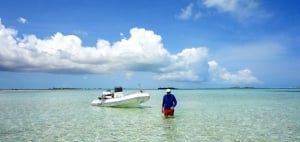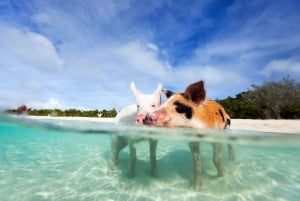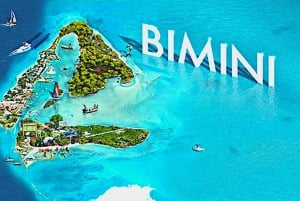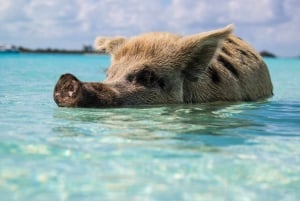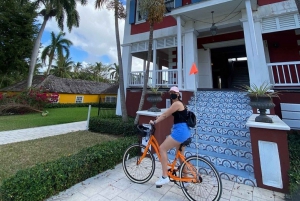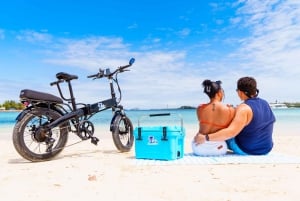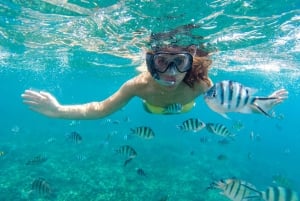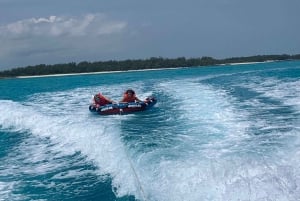Acklins
The Quiet Beauty of Acklins
There is a quiet in Acklins that reminds you of the beauty that can be found in the smallest things. A red hibiscus blooming against a white washed stone wall; soft white bubbles that settle into the sand after the tide has receeded into the sea; or the laughter of neighbors sharing morning news outside the post office. In Acklins you'll find your body’s natural rhythm again.
The island is indeed remote, but the meditative quality of its air is better for it. Less than 500 permanent residents call Acklins home, and when they ask “How are you?” they really want to know. A unique phenomenon is found on some of the beaches; tiny shells amass like gravel covering the shoreline in the place of sand. Acklins islanders rake the shells and sprinkle them like wood chips to landscape their yards. Traditional white sand beaches abound as well; you can walk for miles in the shallow turquoise waters of the Acklins Bight, casting for bonefish, or just communing with the sea you remember how light you really are when you let the water cradle your body.
When your natural curiosity is piqued, you’ll find places in Acklins that tell stories older than Columbus, like the ancient Lucayan site along Pompey Bay Beach. This site is one of the largest archeological finds in the Bahamas.
South of Spring Point in Samana Cay there are ten smaller Lucayan sites that were unearthed by National Geographic archaeologists. The Lucayans were a subtribe of the Tainos, an indigenous people who settled Acklins and many other islands throughout the Caribbean before the arrival of Europeans. Enslaved and murdered by Columbus and the ensuing Spanish colonisers, memory of these indigenous peoples has been kept alive by the sands of time.
When Columbus passed the island for the first time, the ocean breeze must have carried an alluringly sweet fragrance. Commonly assumed to be the night blooming jasmine that perfumes the Acklins air, or the scent of papaya in flower, Acklins earned the name the Fragrant Islands.
The bushes of Acklins hide many gems, including a wide variety of wild orchids, fruits, cacti and medicinal plants. Rambling through the brush is a major pastime for islanders for many reasons: crabbing, farming and barking are chief among them.
Acklins islanders bark the indigenous cascarilla tree for export to Italy. The highly aromatic bark is used as a key flavouring in Campari, an alcoholic aperitif produce for mature audiences in the European fashion capital.
Off the southwest tip of Acklins you’ll find Castle Island, famous for its 1867 Lighthouse. The lighthouse is a tall, white graceful tower that casts a guiding light for vessels navigating their way north through the high seas. Its intermittent flash that pierces the darkness has been a quiet witness to trading merchants and journeying migrants, pirate conquests and shipwrecks.
East of the mainland is Plana Cays, a protected reserve for native iguanas as well as endangered hutias; small guinea pig like animals, rarely seen anymore throughout the Bahamian archipelago. Both iguanas and the hutia were plentiful during the time of the Lucayans, and were probably favourite ingredients in their pepperpot soups.
Best for Whom and for What
Travel to Acklins is best for backpackers, eco-tourists, mature travellers, bachelors and bachelorettes. The best Things to Do in Acklins are rambling, fishing, boating, diving and snorkeling, eco-tours, bird watching, off the beaten path experiences, cave exploration.



